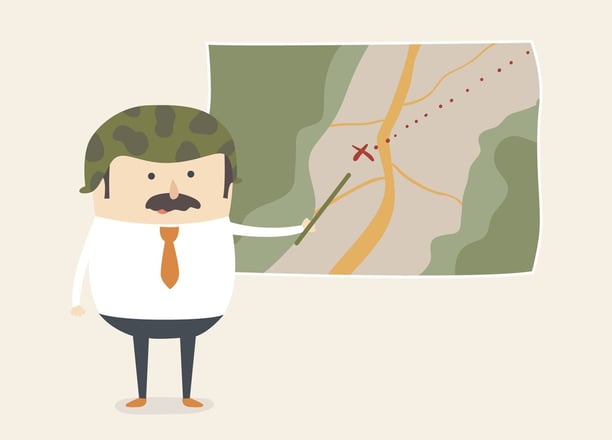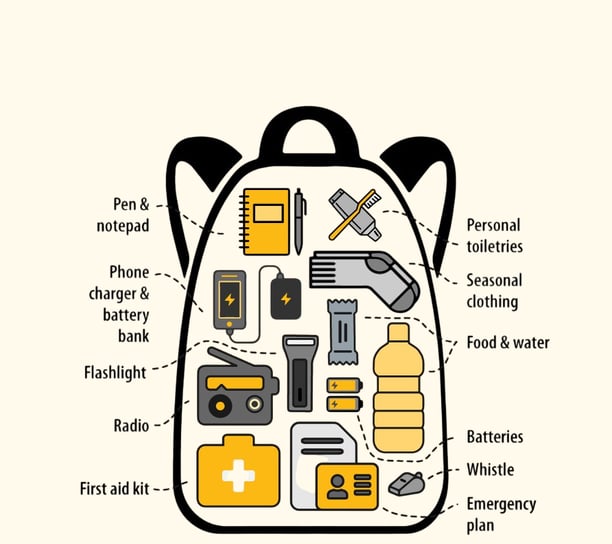Have an Emergency Plan
Planning reduces panic and ensures swift action during crises. When faced with a crisis, clear and well-thought-out planning is essential to minimize chaos and maximize the chances of survival. Panic can lead to poor decision-making, delays, and mistakes that worsen the situation. By creating and following a plan, individuals and groups can respond effectively and maintain focus on immediate priorities.
SURVIVAL GUIDE
11/21/20242 min read
Have an Emergency Plan
Planning reduces panic and ensures swift action during crises. When faced with a crisis, clear and well-thought-out planning is essential to minimize chaos and maximize the chances of survival.
Panic can lead to poor decision-making, delays, and mistakes that worsen the situation. By creating and following a plan, individuals and groups can respond effectively and maintain focus on immediate priorities.


Meeting Points
Establish clear locations for regrouping if separated. In an emergency or crisis, family members or group members may get separated due to confusion, chaotic conditions, or the nature of the situation.
Establishing clear regrouping locations ensures that everyone knows where to go and how to reconnect, reducing stress and improving safety. Below is a comprehensive explanation of why regrouping locations are important and how to set them effectively.
Emergency Bag
Prepare a "go-bag" containing:
ID documents (passports, licenses)
Emergency cash in small denominations
Copies of important records (birth certificates, deeds)
Compact supplies (e.g., energy bars, water pouches)
A "go-bag" is a pre-packed emergency kit designed to sustain you and your family for at least 72 hours during a crisis. It should be portable, lightweight, and contain the essentials needed to address immediate survival needs like food, water, safety, and medical care. Below is a detailed explanation of how to prepare an effective go-bag and what items to include.
Escape Routes
Identify multiple safe paths away from high-risk areas and practice using them with family. Having multiple escape routes from high-risk areas is a critical survival strategy in times of conflict, natural disasters, or emergencies. Practising these routes with your family ensures everyone knows how to act quickly and effectively, even under pressure.
Below is a detailed explanation of why and how to plan escape routes and practice them.




